Words and pictures: Thorfinn Barton
This article was originally published in Cycling Plus and MBUK magazines.
Pedalling his steel Pipedream mountain bike from Cape Wrath in Scotland to Cape Verde in Africa, Thorfinn Barton picked up some essential tips for adventurers everywhere.
Here are ten things he learnt in 5,000 miles.
1. Take the path less trodden
The trails that are most appetising to me are those that appear to go nowhere. They tend to be the ones that take you to the most inspiring places and are the most interesting to ride – a double-whammy no-brainer!
For me, the backcountry almost always takes the upper hand over more populated areas. The trails are more exciting, the views more jaw-dropping and the people both happier and more hospitable. The only downside is the absence of street food. So, take the path less trodden and pack plenty of grub – who knows when the next village will be?
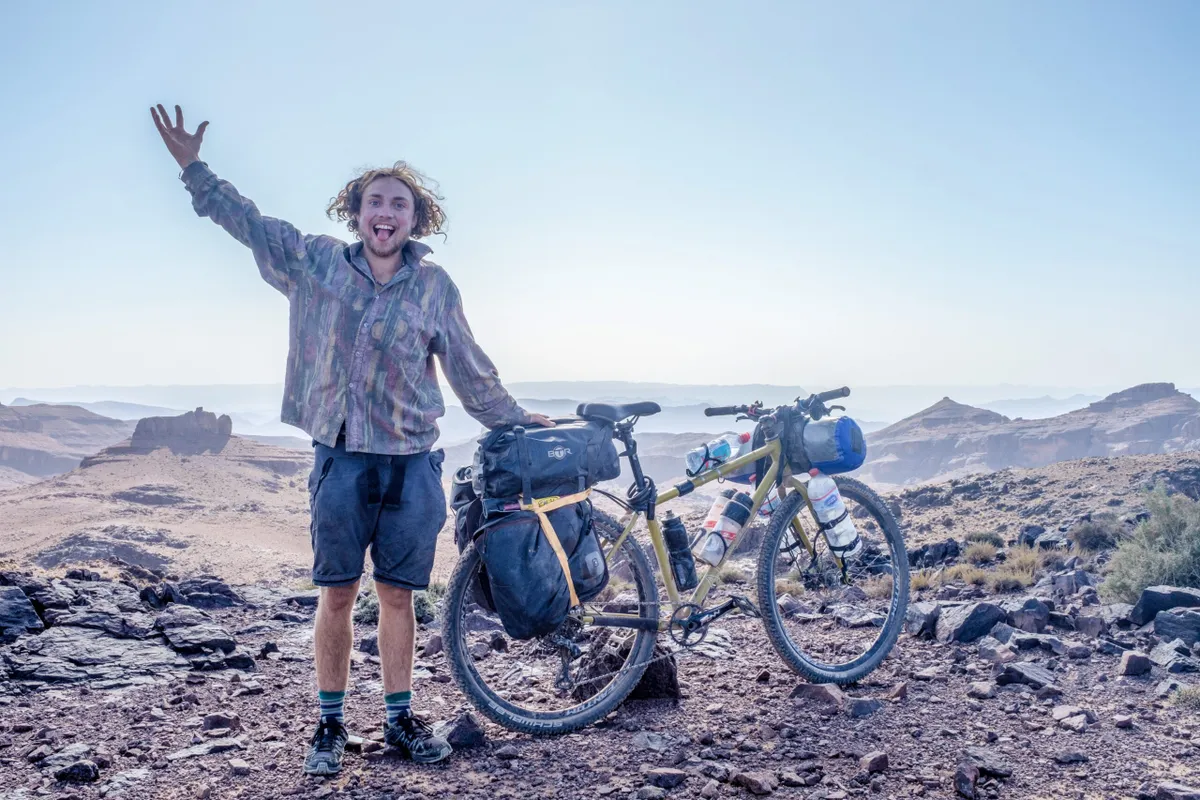
2. Keep your wheels rolling
Wheels are important. I cannot emphasise this point enough. If you’re descending some god-forsaken mountain pass, slap bang in the middle of nowhere, with a weighty load and thousands of miles under your belt, then it’s fair to say you’re demanding quite a lot from your wheels. It’s also fair to say that being reduced to one wheel in such a situation would be far from ideal.
Thankfully, this didn’t happen to me, but I’ve heard enough disastrous anecdotes to liken the event to losing a mast on a sailboat. If you’re unfortunate enough to ‘lose your mast’, you’ll want it fixed up at the nearest repair shop – most likely a modest shed with an ingenious mechanic and very few spare parts.
So firstly, I’d recommend opting for a set of strong, good-quality rollers. And secondly, a set that’s replaceable and repairable – 29ers aren’t yet common in most parts of the world, so some alloy 650b or 26in wheels would tick that box.
3. Go back to basics
The latest mod-cons are all very well, but sourcing obscure parts in remote locations is worse than a wild goose chase. I’ve found that on an off-road adventure, it’s wise to have a bike rigged with components of standard size and simple mechanical configuration. Yes, I’m afraid it’s back to mechanical disc brakes and 10-speed Shimano beyond our corner of the world!
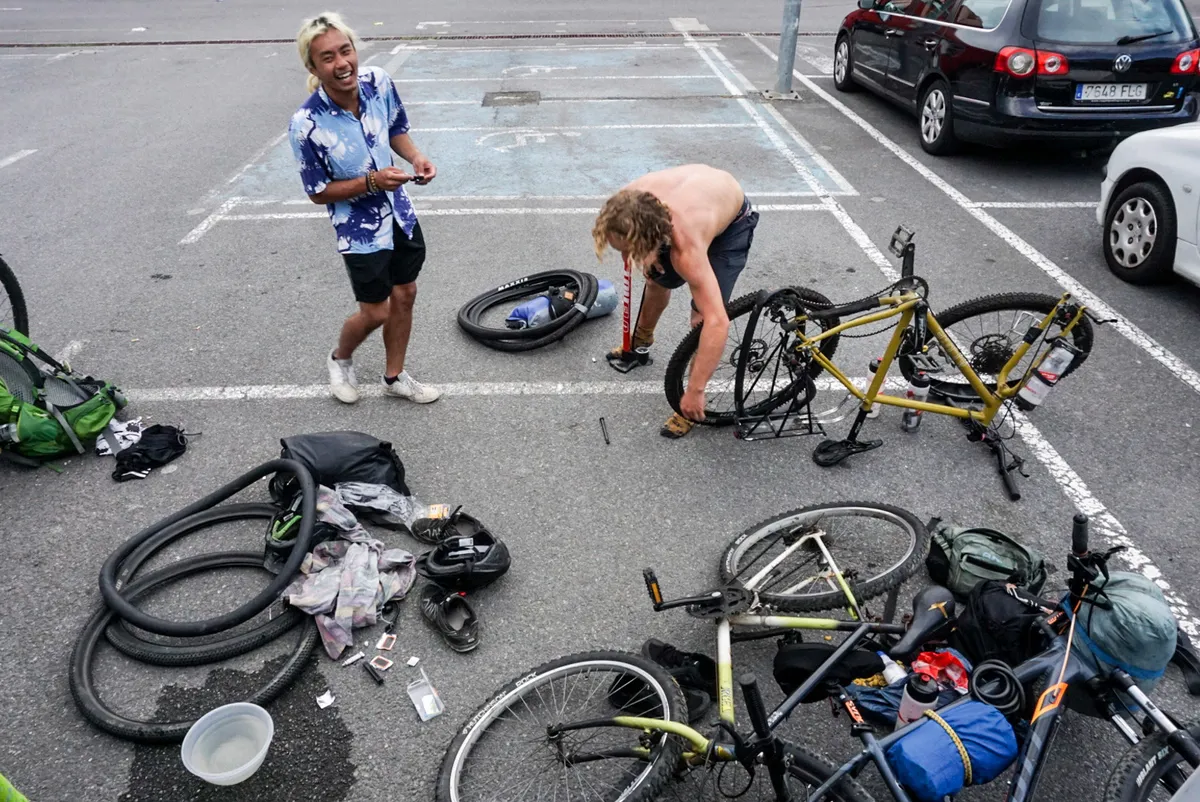
4. But stay tubeless
I made a big mistake. Instead of running my usual tubeless setup, I went with inner tubes. My decision was partly down to laziness and partly down to the assumption that a tubeless system would be a mighty hassle to repair if I ripped a tyre.
I was right about that assumption, but who was to say I’d rip a tyre? I didn’t, and if I had, I could always have swapped in a tube, still saving myself umpteen punctures. My lack of foresight was severely punished... In future, I’ll run tubeless, with the anticipation of downgrading to tubes, but only when I’m forced to do so.
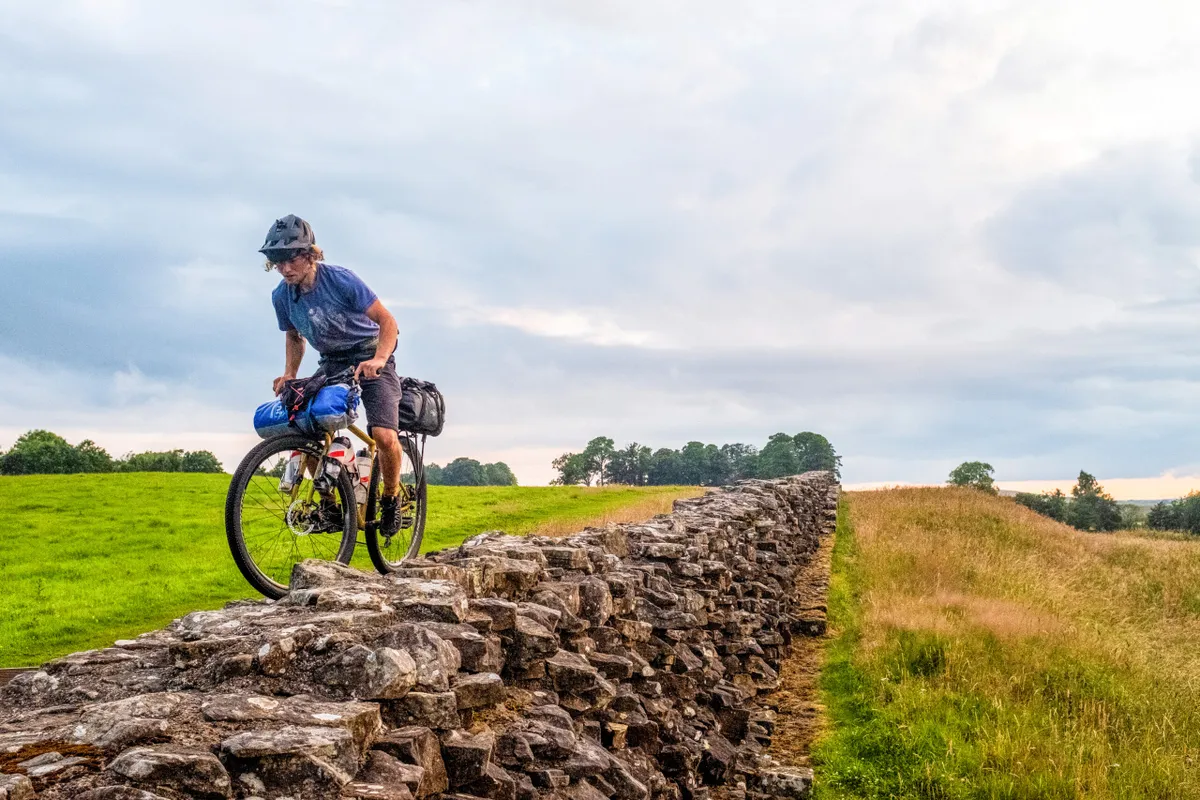
5. There’s always a way
During my time in Africa, I noticed some of the most unlikely but ingenious contraptions: steel rods bent and welded to a rear triangle to form a rack; plastic shopping crates substituting pannier bags; and even an old skateboard being repurposed to function as a saddle!
The remarkable thing is that this hodgepodging has been mastered to such a degree that, in terms of both durability and functionality, such contrivances often leave purpose-built solutions in the dust.
This ‘if it’s broken, fix it’ attitude means that you don’t need to bring much to Africa at all – when my shorts ripped, I got them sown; when my shoes fell apart, they were glued back together.
This resourceful philosophy is useful no matter where you are in the world and will certainly be adopted on future missions. Spare consumables, a first-aid kit and a sun hat are all top on my kit list, but what now trumps them all is a bit of imagination.
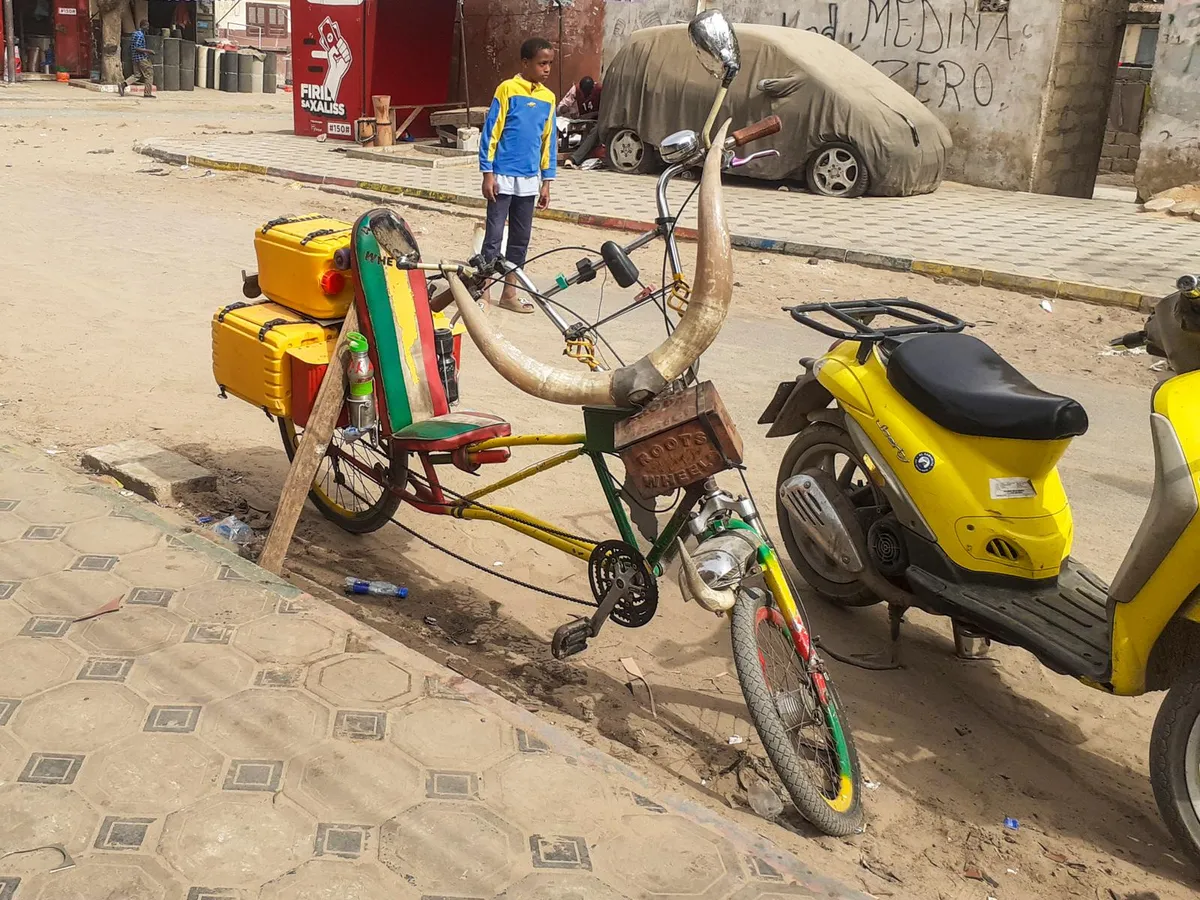
6. Look ahead
We all know it’s a good idea to look where you’re going on a technical descent – otherwise, you’ll crash.
Well, it’s the same on a multi-month adventure. Sometimes I’d misread the map and find myself on the wrong side of a valley or on a dead-end track. Either I could turn back, adding additional miles, or I could adjust my route to a more interesting alternative.
Usually, the second option would reap an unexpected reward, while the first would leave me in an emotional crash.
7. If you stop, you drop
‘Infinity’ mountains and long stretches of nothing both seemed to be themes of my trip. Often these were coupled with heat, making them even more arduous problems to tackle.
It was during such episodes that inner battles would begin to rage. One voice encouraged me to keep going until the top, while the other begged me to stop and lie down in the shade.
The problem is that when I did stop, so did my drive, along with the apparent wind. This left me in a hopeless heap of lethargy. I found that I was far better off, provided I had enough water and food in the system, to just keep pushing until the top or until the next appropriate place for a real break.

8. Take proper breaks
Surprisingly, it turns out that an infinity mountain does actually have an end, and that stretches of nothing do actually have things in them – very nice things, in fact!
So, when a panoramic view, a friendly bunch of locals or an enticing swim in the ocean present themselves, that’s the time to stop – and to have a real break. Perhaps that means an hour, perhaps a night, perhaps even a week.
At first, I felt pressured to just keep going as soon as I had enough energy, but I realised that that isn’t the point. It burns you out eventually, in any case. Mountain bikes can take you to some incredibly far-out places, so take the time to appreciate where your legs have carried you.
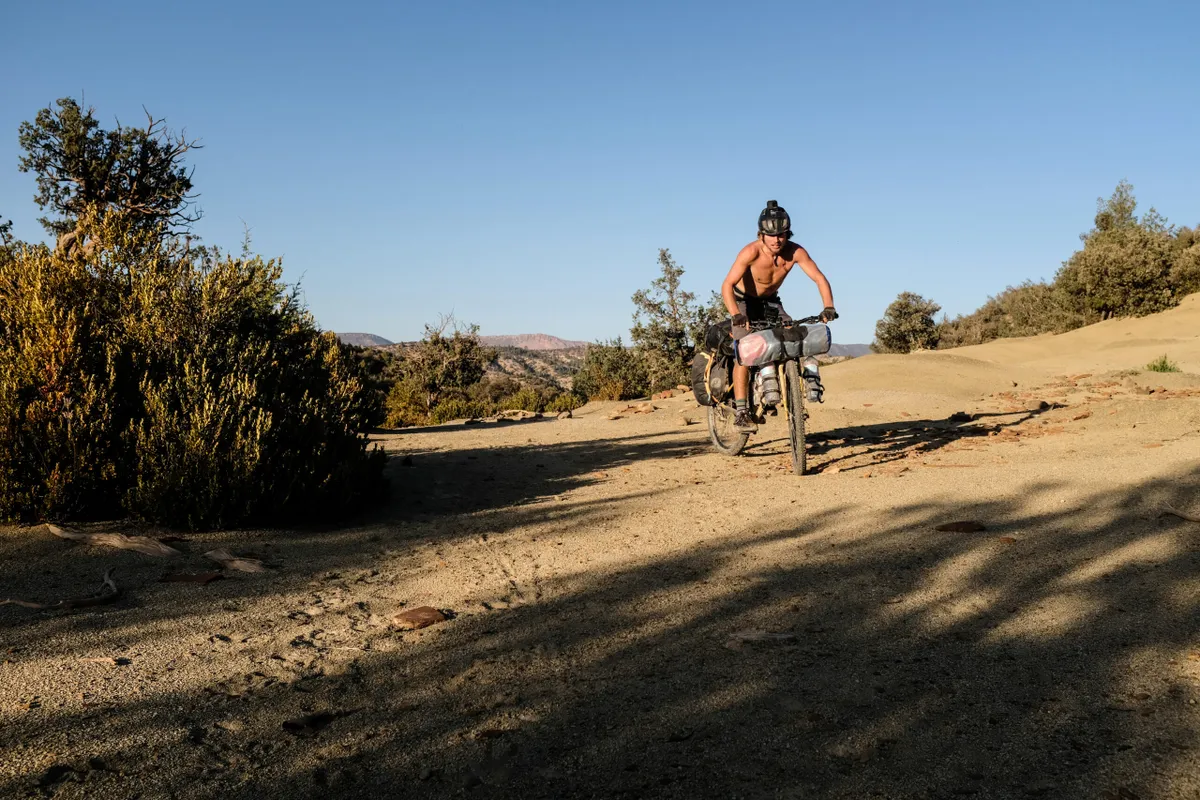
9. Do things the Cape Verde way
“No stress, Cape Verde” is sprayed on the pavements, written on all kinds of tourist merchandise and has been thoroughly integrated into Cape Verdean creole. When something is made so impossible to miss wherever you go, it’s bound to seep in on some level.
I certainly give credit to the phrase for all those exposed trails seeming far less daunting than they probably should have. More generally though, a ‘no stress’ sentiment has proven, time and time again, to be of great value on (and more especially off) the road.

10. Remember, things are easier than they seem
The concept of cycling from Cape Wrath to Cape Verde may seem impressive, crazy, or downright stupid, depending on whom you speak to. It was a challenge on several levels for me. I didn’t know what to expect, how to prepare or what dangers I might face along the way.
I didn’t know exactly where I was going, and I didn’t even know whether I should go. In short, I was intimidated by the prospect.
But your first drop-off was far scarier from the top than the bottom, right? In retrospect, although there were hurdles to jump, the whole trip now looks thousands of miles easier than it did before setting off. I strongly believe that anybody could tackle such a mission if they had the desire. I’ll most definitely be back for more!
